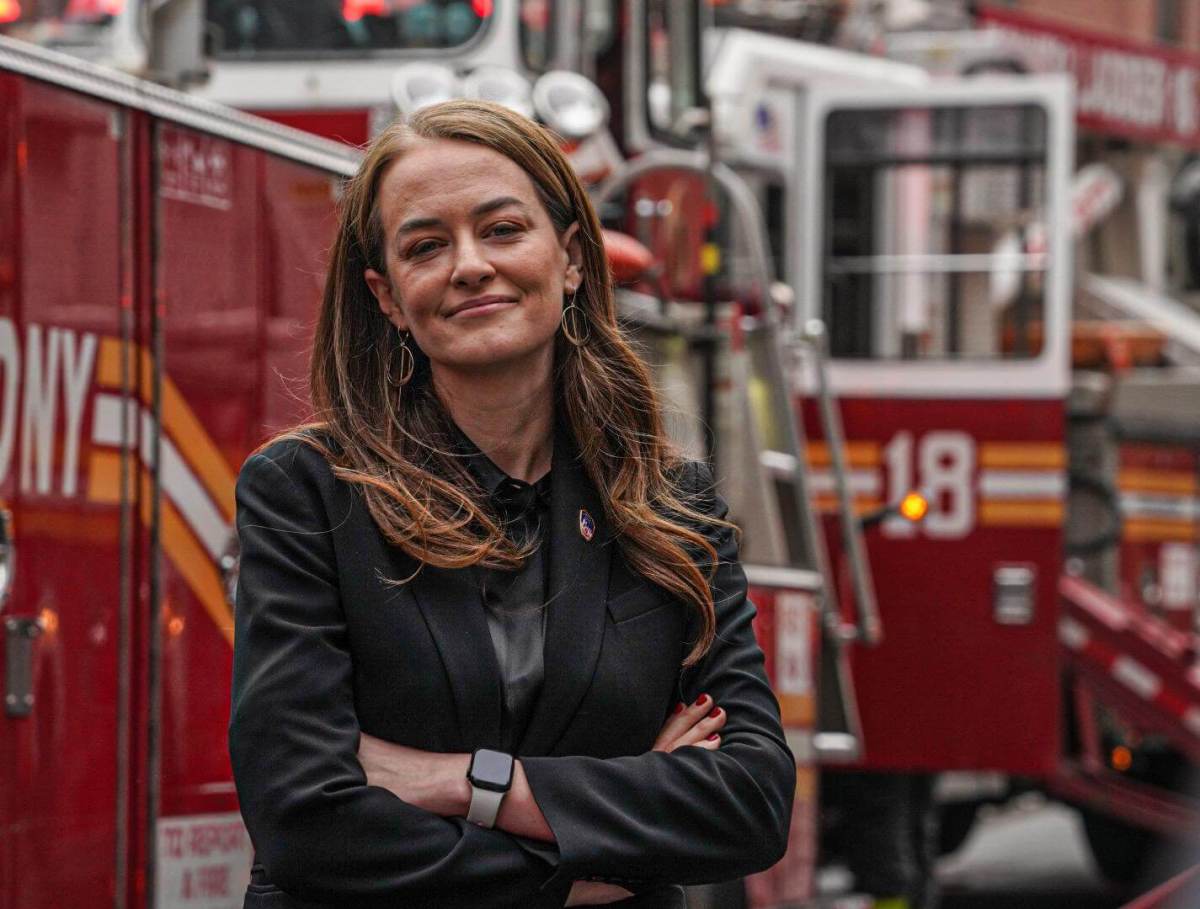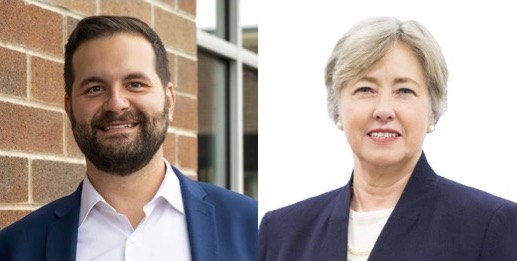Says It Helps Low-Income Parents
Gov. Andrew M. Cuomo announced more than $794 million in child care subsidy funding, an increase of $55 million over last fiscal year, to address the widespread need among low-income working families for affordable child care.
Prior to this year’s 7.45 percent increase, allocations for the New York State Child Care Block Grant (CCBG) have remained stable for the past five years, ranging from $736 million to $739 million from 2009 to 2013. The CCBG is administered by the New York State Office of Children and Family Services (OCFS).
In Federal Fiscal Year 2013, approximately 223,000 children in New York State received child care subsidies. Low-income child care assistance is based on family size, the family’s gross annual income, and the reason for care.
“Working parents should not have to choose between affordable care for their children and maintaining a job,” Cuomo said. “The Child Care Block Grant is a vital resource for households across New York, and I am proud that this year we are dramatically increasing the program’s funding, helping to provide stability and quality child care for hard-working families statewide.”
“All of New York’s children deserve quality care, and for too long, low-income families in particular have been priced out of child care due to soaring costs. The state’s generous increase in subsidy funds will provide greatly needed access to affordable care,” added OCFS Acting Commissioner Sheila J. Poole.
The CCBG is the primary funding source used to pay for child care subsidies. Each year, local social services districts are advised of their allocation after passage of the state budget. The allocation primarily reflects proportionate shares of the block grant funds based on the average level of child care claims for Federal Fiscal Years 2009 through 2013.
To determine allocations, OCFS used a prorated average based on five years of claims, which minimized the impact of funding shifts on counties and provided consistency and stability of allocations.
The vast majority of New York State’s counties will receive more funding to support child care subsidies than they had in the prior year. Moreover, other counties will see an increase in child care subsidy funds due to a combination of the allocation plus a rollover from the previous year.
The OCFS is dedicated to working collaboratively with stakeholders to address the needs and concerns of counties and providers to maximize the use of child care subsidies. Parents or caretakers receiving funds may:
– choose to have care provided by one of the child day care providers with whom the local district has contracted for the provision of child care services; or
– request a child care certificate, which enables the parents or caretakers to select from a full range of child care arrangements, including care by regulated child care providers and providers or legally exempt child care .
Local districts must provide child care services to the following:
– families on temporary assistance who are required to participate in an activity;
– families transitioning off of temporary assistance who need child care in order to work; · Families who are eligible for temporary assistance but only want child care in order to work;
– families who are eligible if funds are available, which includes such families as low-income working families and teen parents who are completing high school; and
– families who are eligible if funds are available and if the local district includes them as eligible families in its Child and Family Services Plan.
The OCFS serves New York by promoting the safety, permanency, and well-being of children, families, and communities, and regulates more than 21,000 child care providers with a capacity for more than 708,000 children.
For more information, visit ocfs.ny.gov, “like” the New York State Office of Children and Family Services Facebook page, or follow @NYSOCFS on Twitter. OCFS also maintains a Spanish-language Twitter account, @NYSOCFS_ espanol.






























